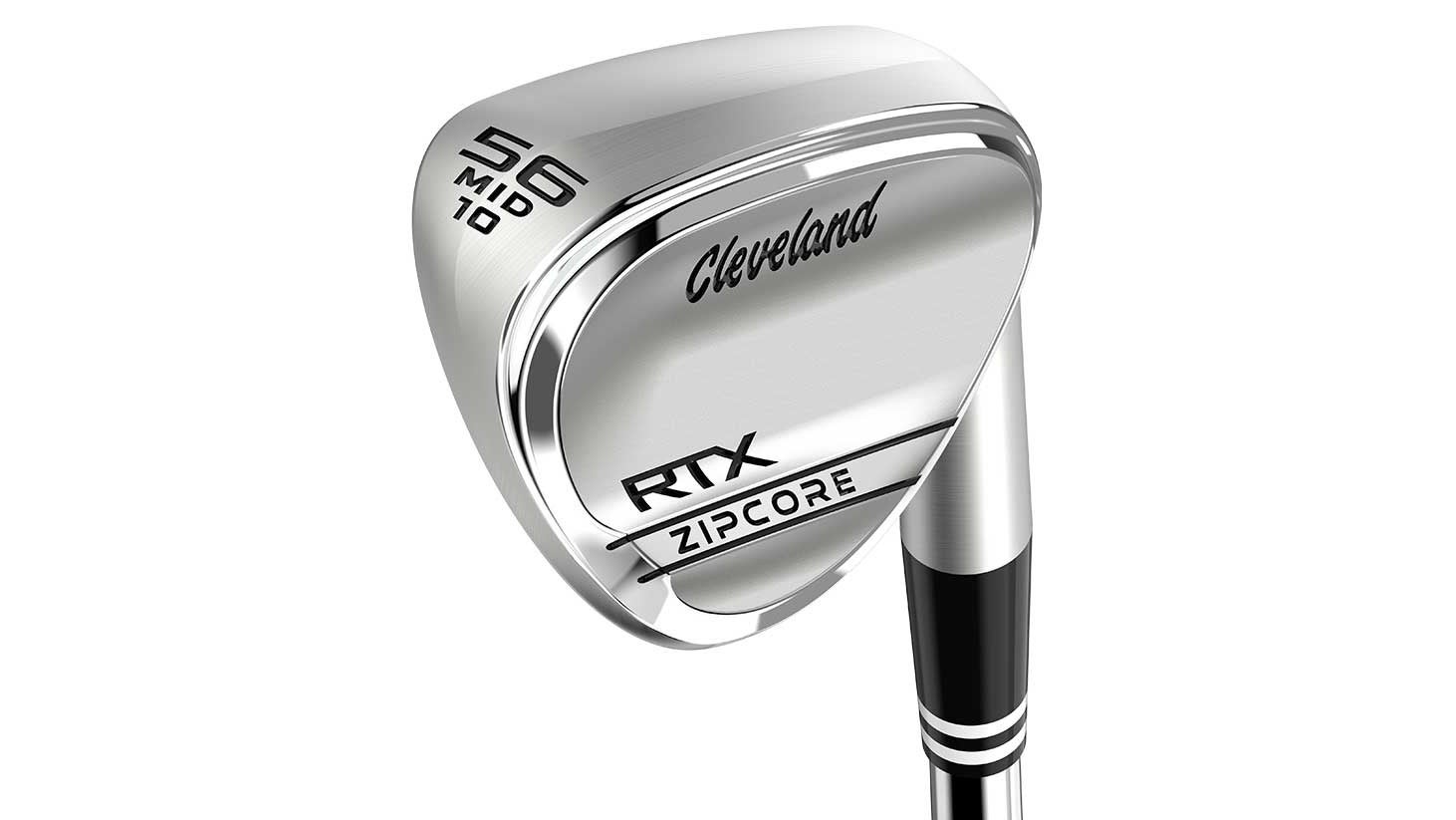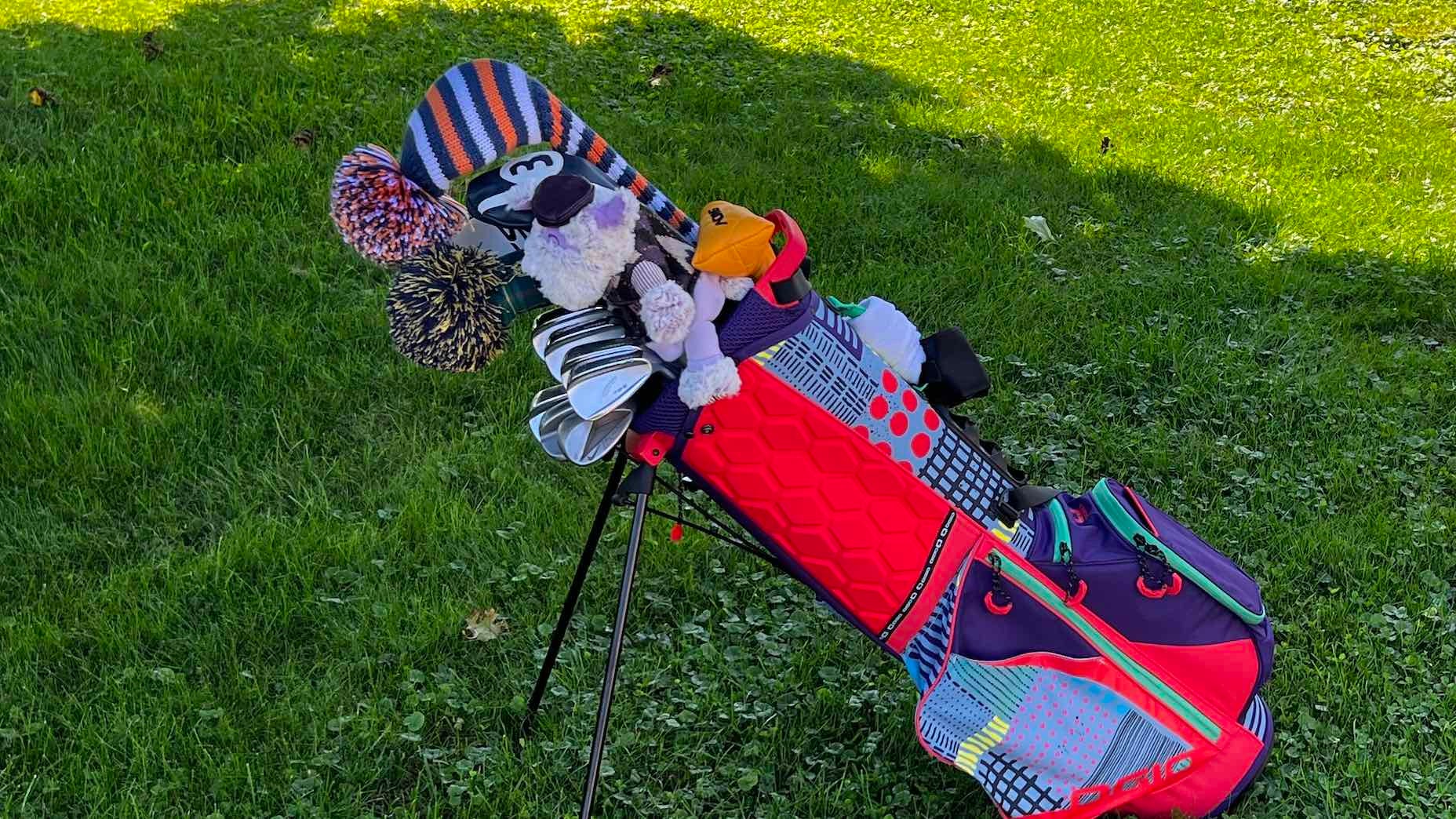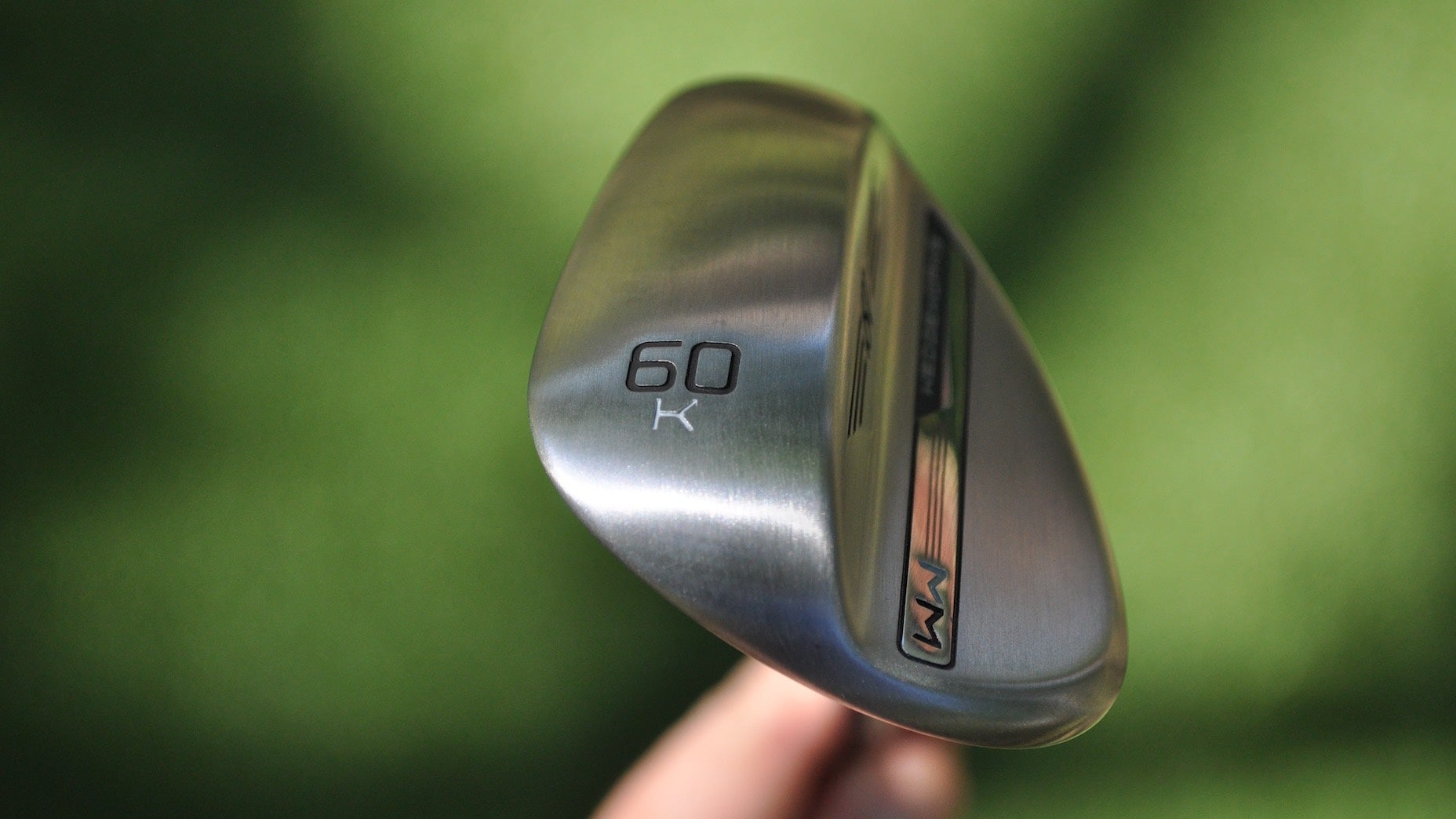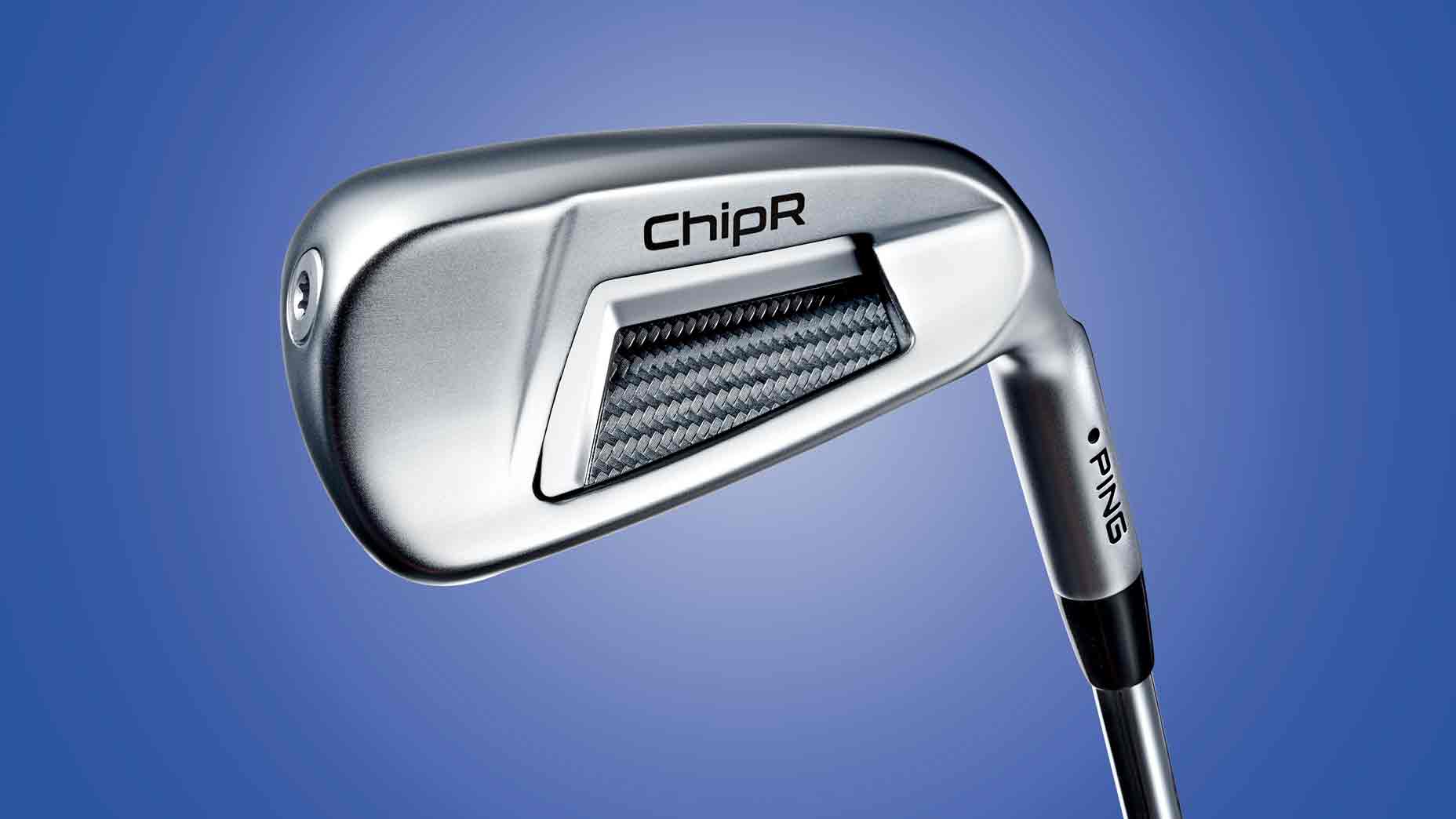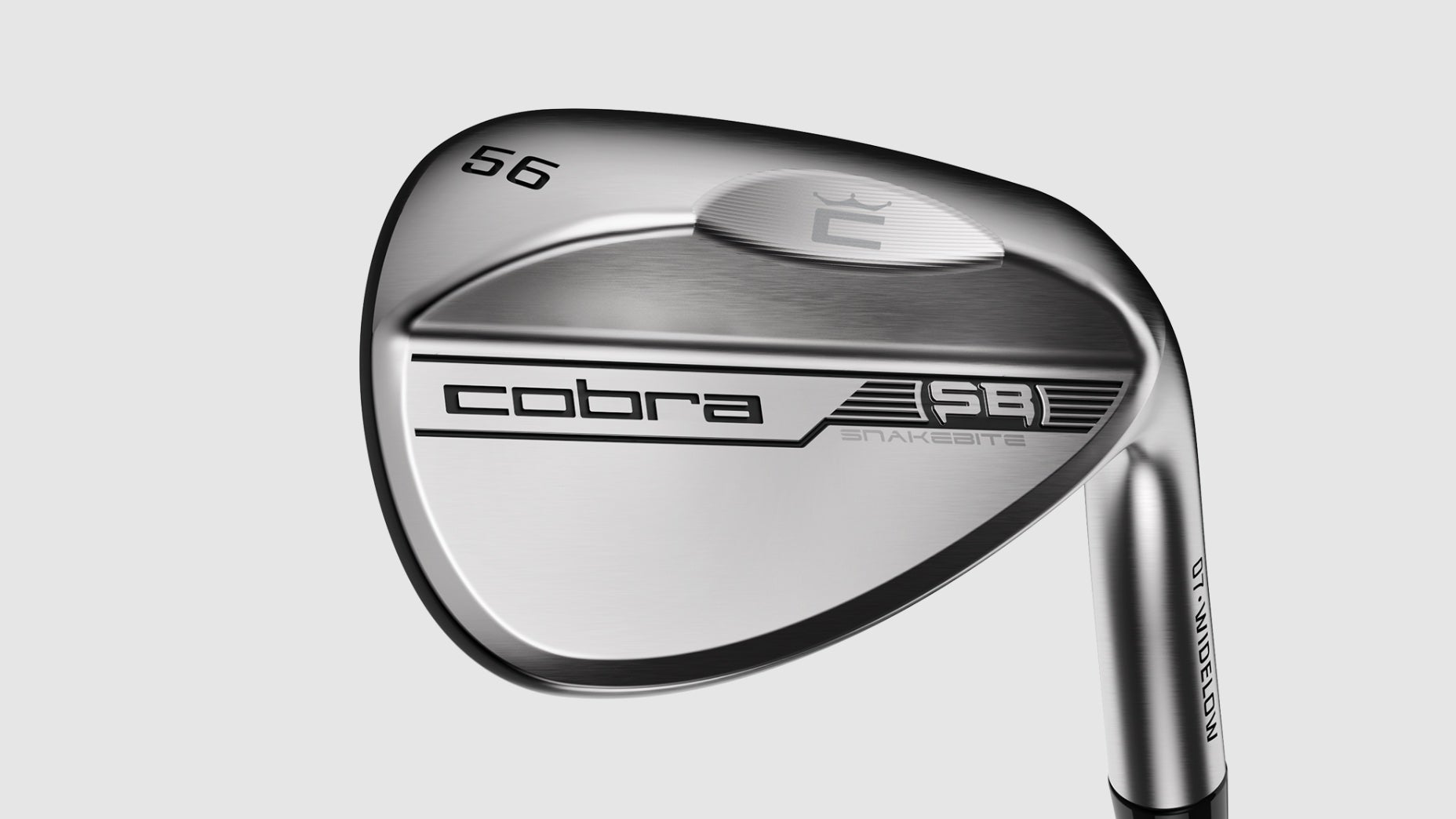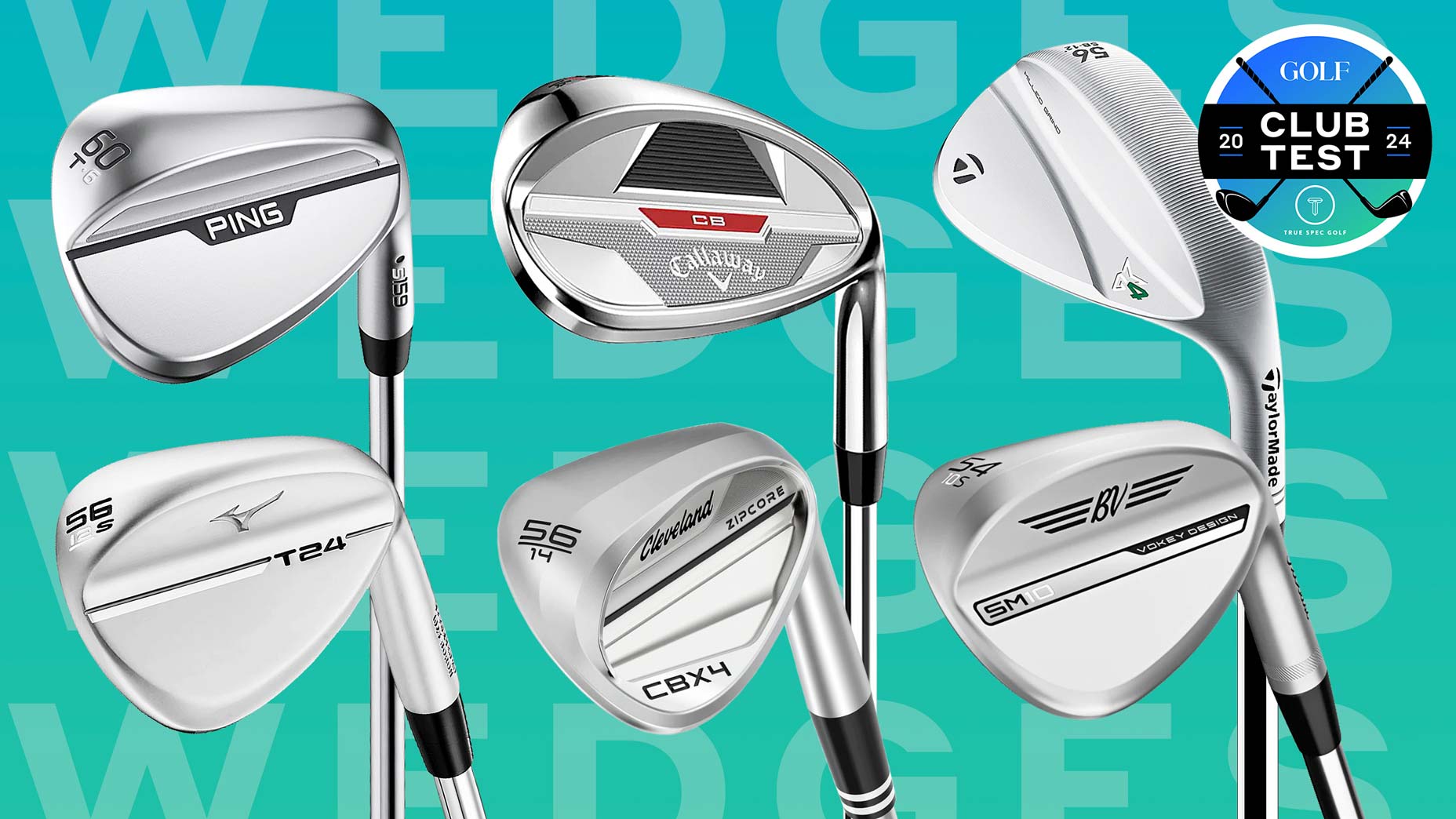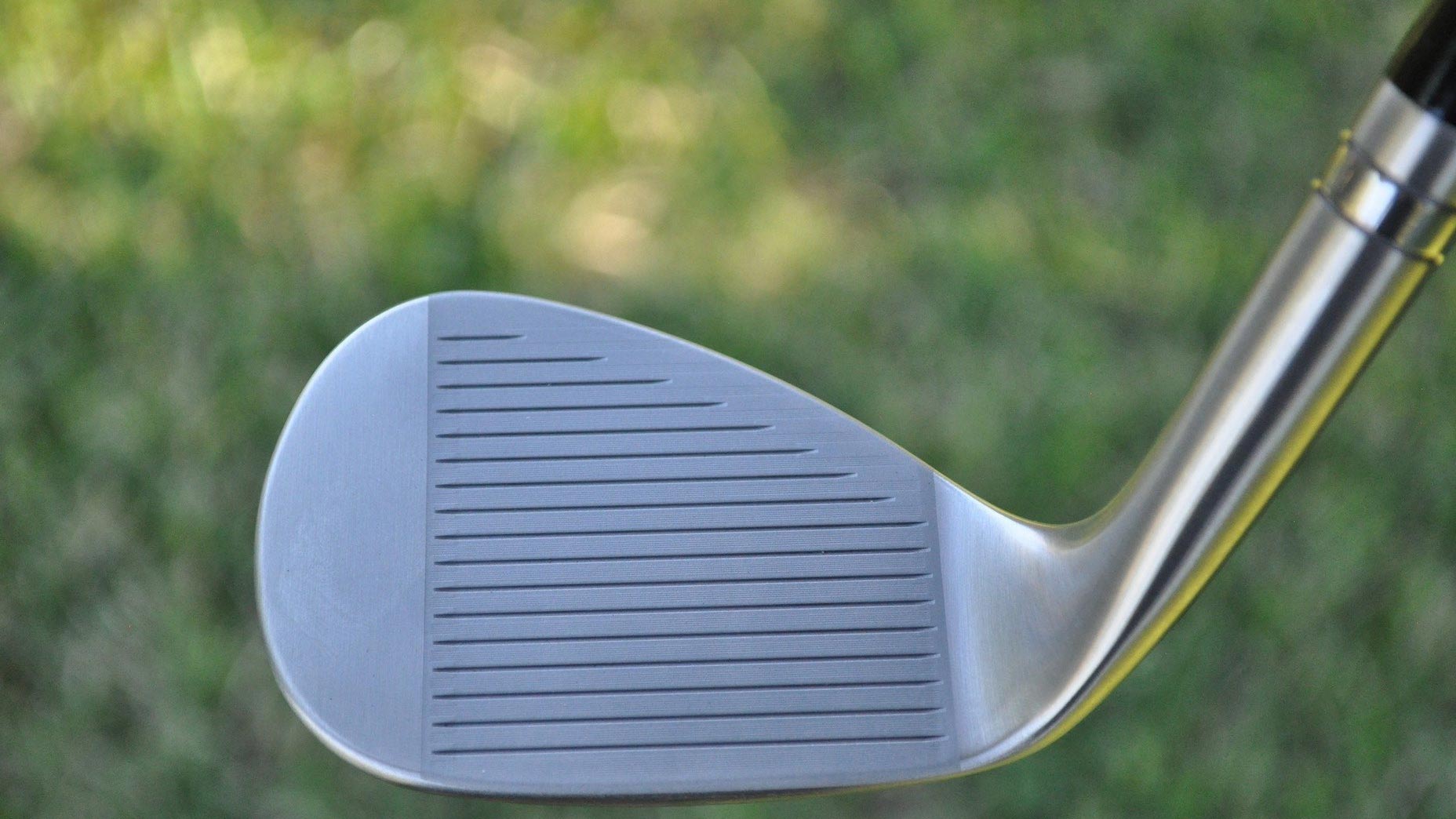Gear Questions You’re Afraid to Ask: How many wedges should I carry?

The number of wedges you carry should increase as your short-game skills improve.
getty images
Welcome to Gear Questions You’re Afraid to Ask, a GOLF.com series produced in partnership with Cleveland Golf. This week we’re exploring a task that can confuse new players: optimizing wedge setup. If you’re uncertain about which wedges to carry, we’ve got four easy tips to guide you. Read on, rookie!
***
It pays big to know how to hit a variety of shots around the green. Pitches, chips, flops, bunker blasts, skip-and-checks, and bump-and-runs are all useful and can take what would otherwise be an automatic bogey and turn it into a satisfying par save. And just as important as it is to know how to hit a particular shot, you need to have the right tools in the bag to do so.
Now, let’s get this out of the way early — there’s no one right answer to how many wedges you ought to carry. But there are some things you can do to ensure you’re gearing up your set in a way that works best for you.
1. Look for gaps in your lofts
Wedges come in a wide variety of lofts — for example, Cleveland’s RTX ZipCore wedges come in nine different loft options — to help fill the gap in between the pitching wedge that came with your iron set and your sand wedge.
To make it easy, a good rule of thumb is to have about four-degrees of loft between your wedges. So, if your 48-degree pitching wedge flies on average 110 yards, and your 56-degree sand wedge goes about 80 yards, you probably need a 52-degree wedge that carries around 95 yards to fill an important hole in your setup.
Cleveland RTX ZipCore wedges
2. Not everyone needs a lob wedge
It may seem counterintuitive, but lob wedges are not easy to wield and take a lot of practice to get good with. If you’re new to the game, a 56-degree wedge is probably a better choice to develop your short game.
With a little less loft you’ll find it easier to control distances and you’ll be less prone to bladed or chunked shots. If you need even more help, there are a few game improvement wedge options out there too, including Cleveland’s Smart Sole 4, that do all they can to prevent fat or chunked shots in or out of the bunker. You want your wedges to save you shots — not add more to your scorecard. So instead of attempting the hero shot, consider the higher percentage play with less loft.
3. Determine the right grind and bounce angle
No matter how many wedges you carry, you definitely want the right grind suited for not only the shots you like to hit, but also the type of courses on which you normally play. Without getting too deep in the rough (pun very much intended), the bounce angle refers to how high the leading edge rests off the ground at address.
A wide-soled wedge with more bounce and camber (the curvature from the leading to trailing edge on the sole) is a good option if you tend to have a steep angle of attack and take significant divots. If you’re someone with a shallow angle of attack who tends to sweep the ball, finding a wedge with a narrower sole — some will have material removed around the toe, heel and trailing edge to create a narrow low bounce sole — will certainly benefit your short game.
Course conditions can also play a role in the grind you select: low bounce with a leading edge that sits tight on the turf for firm conditions; more bounce for soft conditions.
If you’re feeling uncertain, take note of the divot made by your wedge after impact. If it’s thin and shallow, consider the idea of trying a narrow sole. If you take a full pelt, go with a wider option.
4. Three wedges is standard, but you might want four or more
Most players tend to carry three wedges — a pitching, sand and lob wedge. But if you add a gap wedge, you’re already at four. And if you don’t need that extra long iron, it’s possible you can carry a fifth wedge so you have the right wedge no matter where you play.
So how do you determine the number of wedges you should be carrying? For many golfers, it tends to change over time as their game improves. If you’re struggling with consistency at the top of the set, it might be best to add an extra fairway wood or hybrid to target a specific yardage. If you constantly find yourself between clubs near the green and don’t quite have that three-quarter swing down pat, add a third (or fourth) wedge to the bag.
Some of this will be trial-and-error as you become more familiar with your game. Just remember to have fun building your setup and get an instructor or certified club-fitter involved if you feel something is amiss.

